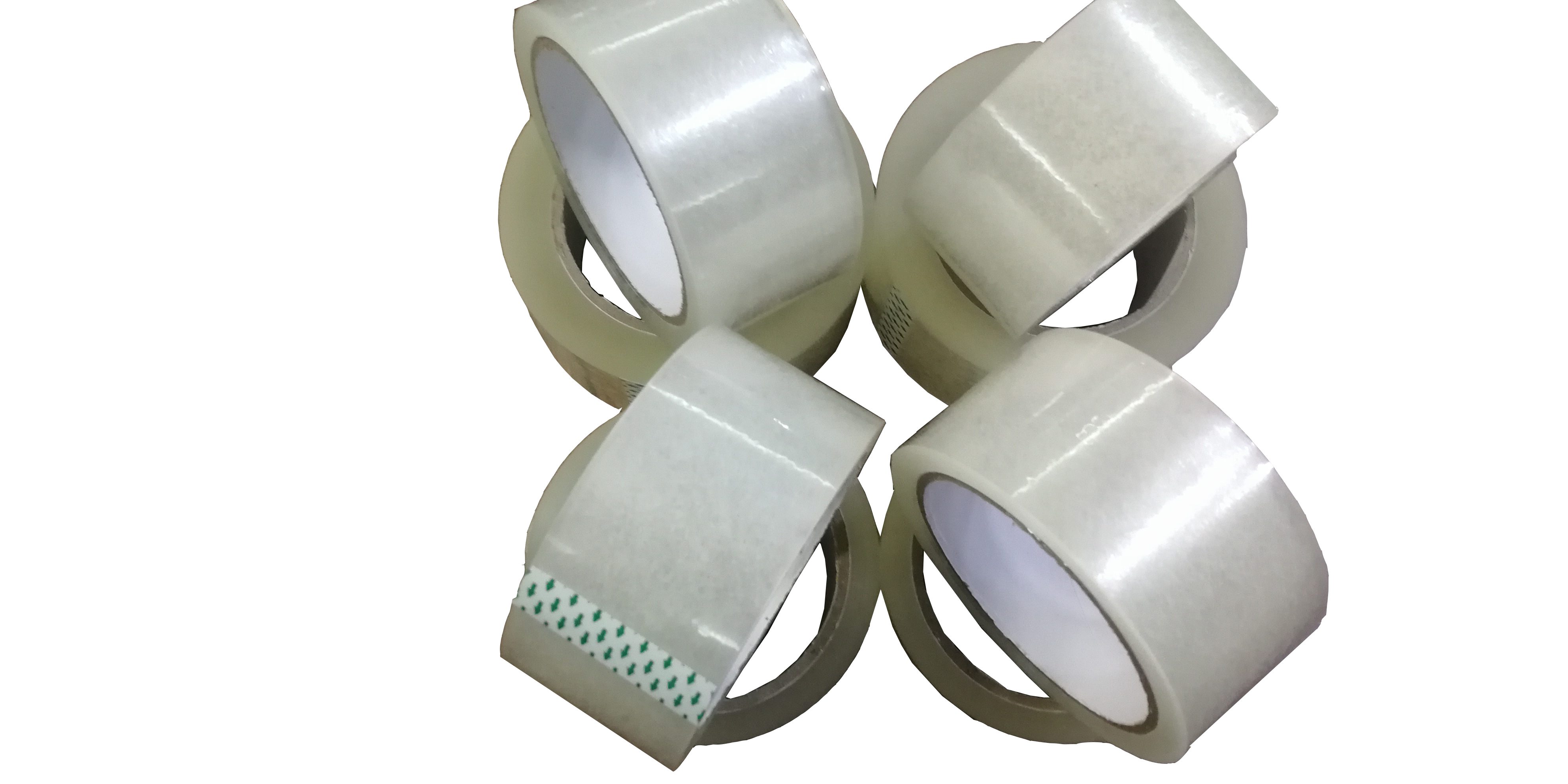BOPP tape’s remarkable adhesive bonding capabilities are a result of sophisticated chemical and physical interactions. This blog post delves into the science behind BOPP tape’s adhesive bonding and its role in securing packages effectively.
Adhesive Chemistry: The adhesive used in BOPP tape is designed to form strong bonds with a variety of surfaces, including cardboard and plastics. Acrylic-based adhesives are commonly used due to their balanced properties of adhesion, cohesion, and temperature resistance.
Wetting and Spreading: The adhesive is formulated to have low surface tension, allowing it to spread across the substrate and create intimate contact. This wetting action enhances the adhesive’s ability to grip the surface effectively.
Viscoelastic Behavior: BOPP tape’s adhesive exhibits viscoelastic behavior, meaning it has both viscous (flowing) and elastic (rebounding) characteristics. This property enables the adhesive to absorb shocks and vibrations during transportation without compromising the bond.
Pressure-Sensitive Adhesion: BOPP tape relies on pressure-sensitive adhesion, which means that applying pressure to the tape during application enhances its bonding strength. This feature ensures immediate adhesion without the need for heat or solvents.
Cohesive and Adhesive Failures: Cohesive failure occurs when the adhesive itself separates, while adhesive failure involves detachment at the substrate-adhesive interface. Balancing these failure modes is essential for maintaining tape integrity.
Surface Preparation: Proper surface preparation, such as ensuring the substrate is clean and dry, is crucial for optimal adhesive bonding. Contaminants or moisture can hinder the adhesive’s performance.
In summary, the science of adhesive bonding in BOPP tape combines adhesive chemistry, surface interactions, and mechanical properties to create a reliable and secure seal. Understanding these factors helps businesses select the appropriate BOPP tape for their packaging needs.
























